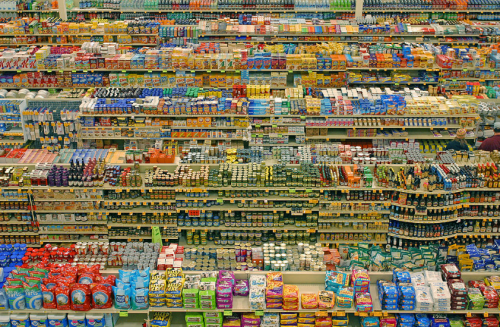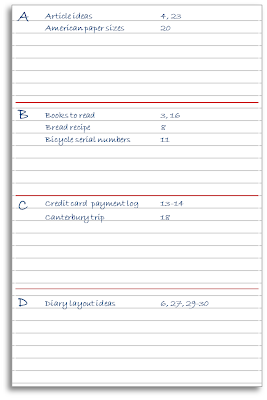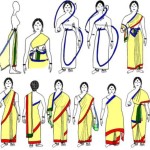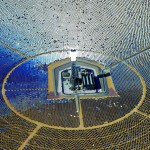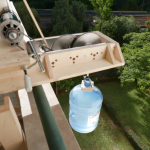Self-surveillance devices have already begun to betray us. Take Ashley LeMay, who bought an Amazon Ring surveillance camera because she thought it would keep her family safe. Instead, a grown man hacked into the camera she had placed in the bedroom of her three young daughters. He used it to stalk the children and even spoke to 8-year-old Alyssa through the camera, saying “I’m Santa Claus. Don’t you want to be my best friend?”
A family in Florida also had their Ring camera hacked by someone who broadcast the whole thing live on a podcast. He monitored the couple before starting to harass them, shouting racist epithets and activating their alarm. A woman in Georgia who installed a Ring to monitor her dog discovered that it had been hacked four separate times after a man spoke to her through the camera, saying “I can see you in bed.” Someone threatened a couple in Texas through their Ring, demanding a ransom in bitcoin.
Read more: Google Nest or Amazon Ring? Just reject these corporations’ surveillance and a dystopic future, Evan Greer, NBC News.
